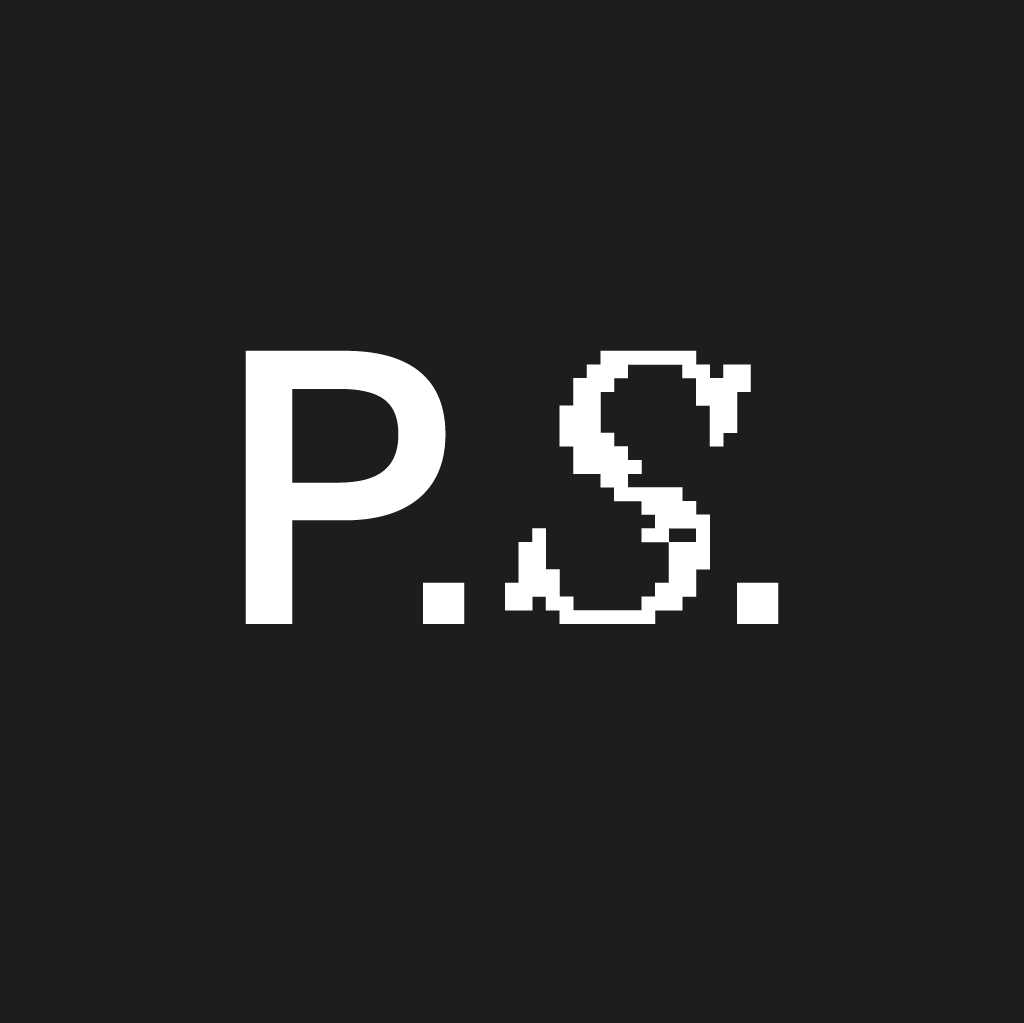Graffiti Anaylsis
It was 2 a.m. on a Saturday on the lower East Side. A couple of New York City cops watched, bemused, as a large man drew fluorescent…
It was 2 a.m. on a Saturday on the lower East Side. A couple of New York City cops watched, bemused, as a large man drew fluorescent graffiti on a building wall at a construction site. Normally, the police would have arrested him on the spot for defacing property, but this was different. This graffiti wasn't permanent. The graffiti artist wasn't even real.

It was all just light from a projector, part of the Graffiti Analysis Project (GAP), which re-creates the movement behind the making of tags and displays it on walls throughout the city. For those not up on the street lingo, tags are simply graffiti featuring words instead of pictures, much like well-designed signatures. "The cops watched for about 10 minutes and were kind of smiling," GAP's creator, Fi5e, said. "Then they came over, and I said, 'Is this cool?' and they said, 'We would love to bust you for this but we can't figure out what it would be for.'" A recent recipient of an MFA from Parsons School of Design, Fi5e (pronounced like the number) uses a pseudonym to protect the identity of the graffiti artists. His GAP, which he has been working on for a little more than a year, was featured at the Design and Technology 2005 Thesis Exhibition at Parsons. GAP is part of a new wave of greater exposure for graffiti artists in New York. It comes on the heels of the highly touted movie "Bomb the System," about a group of teenage boys who plaster the city with their spray-painted tags.

To create GAP, Fi5e tracked down four famous tag artists, Hell, Jesus Saves, Avon and Katsu, and used them as his models. "I attached a light source to their graffiti marker. They tagged onto a piece of glass, and behind the glass there was a security camera that read the light source." He then used a computer to analyze and place the light's movements on a three-dimensional axis. He projects the resulting images at impromptu showings throughout the city. "We don't announce these showings," Fi5e said. "The idea is that people will come across them just like regular graffiti." Katie Salen, director of the design and technology program at Parsons, was impressed by Fi5e. "He actually built a tool that he is able to use not only to visualize active graffiti writing, but also that he can use as a performance piece to go out into the environment and re-create this art work," she said. The projected images range in size from two to five stories and, at night, appear to be almost fluorescent. Fi5e chooses large blank building facades to display his project. "We go out to a spot that is picked based on how many people are around and how much light there is," Fi5e said. "Then we snake the cables from the car battery to the projector and position the images onto the wall." The resulting illustration shows an animated person tagging a wall with graffiti that rotates on a three-dimensional axis.

Fi5e wasn't always so impressed by graffiti. "I used to walk by it like everybody else," Fi5e said. "But now, I walk around differently. I'm reading the streets. I'm looking everywhere." And that's what Fi5e is trying to do: get people interested in an art form that they actively dislike. Graffiti is a visual annoyance to most people, something they frown upon when they notice it on their mailboxes and neighborhood walls. Most people see graffiti as simply a defacement of property. "The main problem I was trying to solve," said Fi5e, "was how do I present graffiti to people who aren't interested in it? How do I get people who pass by this stuff every day and think it isn't right and it's vandalism to stop and look at it in a new way?" So Fi5e removed the defacement of property from his graffiti. Fi5e's graffiti images leave no marks on the wall. When he shuts off the projector the wall remains exactly as it was before the showing. Another attractive part of GAP is that the images are visually stunning, not only for their size, but for the luminescence and mesmerizing line movement. "Graffiti is a language of motion," he said. "There are marks that are made by the hand over time, but when you see the ink on the wall you don't actually see the movement. This project was about visualizing that movement." Fi5e has already had 10 showings in lower Manhattan and Brooklyn, but hopes to extend the project to other boroughs soon. He has also set up a blog. "Graffiti is definitely a coded language, and that leads to a bunch of misunderstanding and fear," he said. "The Graffiti Analysis Project gives them another language to understand it, and hopefully, if they see it in this light they might enjoy it more." [NY Daily News]


